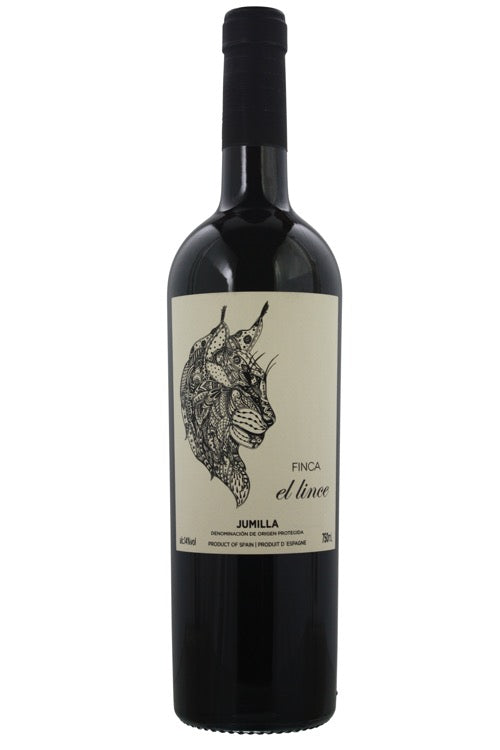1
/
of
1
Finca el Lince Red Blend - 2019 (750ml)
Finca el Lince Red Blend - 2019 (750ml)
Regular price
$15.99
Sale price
$15.99
Regular price
$22.99
Unit price
/
per
Finca el Lince Monastrell begins with fresh and inviting aromas of cherries and red plums which are woven together with spices, wild herbs, smoke and wild florals all taking shape in the glass. On the palate this is medium-plus bodied with silky tannins and a lovely sleek texture leading up to the finish, where red fruits and light spices continue to linger on. A remarkable value and already drinking fantastic. - International Wine Report
Share :

- varietal
- Region
- Type
- Reviews
Product Review
Finca el Lince Monastrell begins with fresh and inviting aromas of cherries and red plums which are woven together with spices, wild herbs, smoke and wild florals all taking shape in the glass. On the palate this is medium-plus bodied with silky tannins and a lovely sleek texture leading up to the finish, where red fruits and light spices continue to linger on. A remarkable value and already drinking fantastic. - International Wine Report
Includes red wines where there is either no predominant variety or the blend is proprietary.
Jumilla DO Wine region DO Jumilla location.svg Jumilla DO in the region of Murcia and in the province of Albacete in Castile-La Mancha Official name D.O. Jumilla Type Denominaci?³n de Origen Country Spain Jumilla is a Spanish Denominaci?³n de Origen (DO) for wines that extends over the north of the region of Murcia, including the municipality of Jumilla â??from which it takes its nameâ?? and the contiguous southeast of the Albacete province (municipalities of Montealegre del Castillo, Fuente-?lamo, Ontur, Hellin, Albatana and Tobarra) in the Castile-La Mancha region. There are currently 32,000 hectares currently under vines in Jumilla DO, 45% of which are in Murcia and 55% in Albacete. There are around 3,000 grape-growers registered.
Red wine is wine made from dark-coloured grape varieties. The color of red differs based on the grapes variety or varieties used.Interestingly, black grapes yield a juice that is greenish-white. The actual red color comes from anthocyan pigments (also called anthocyanins) from the skin of the grape (exceptions are the relatively uncommon teinturier varieties, which produce a red colored juice). Most of the production centers around the extraction of color and flavor from the grape skin.


